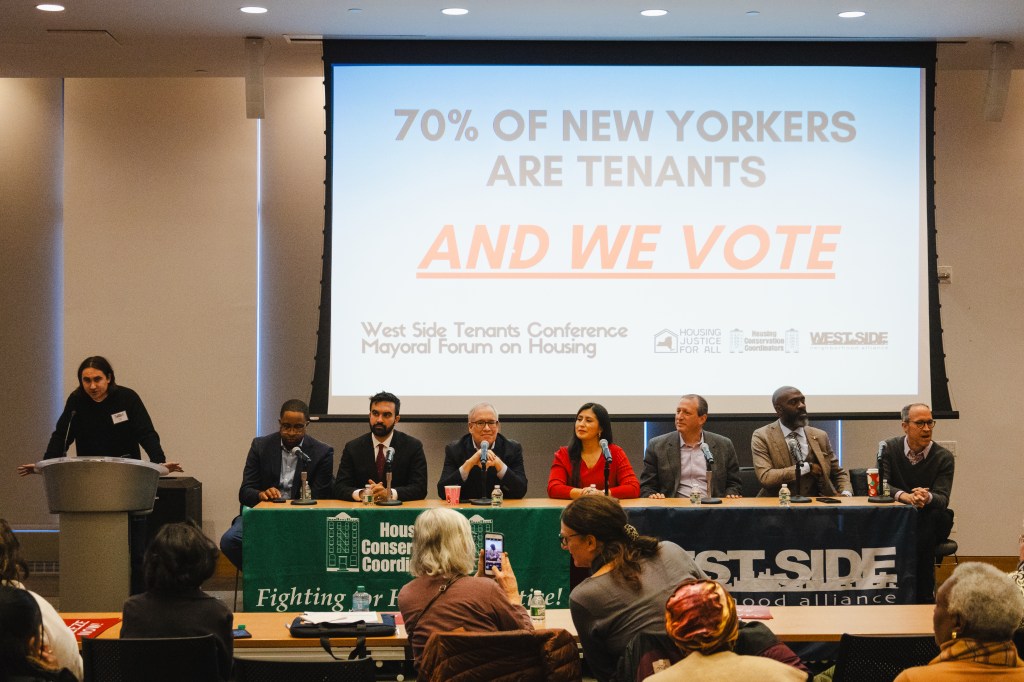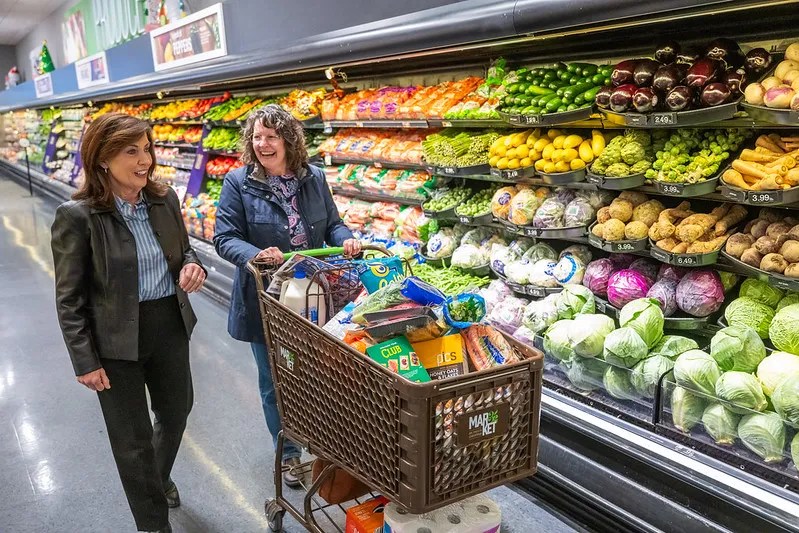By Prem Calvin Prashad
An evaluation of the rollout and implementation of the nation’s largest municipal ID program found that it was an overwhelming success, a report issued by the city a year and a half since its inception said.
According to the mayor’s office, 863,464 New York City residents signed up and received a municipal ID through the IDNYC program during the first18 months of the program.
The goal of IDNYC was to create a form of identification that was easily accessible to the average New Yorker, without the cost, time or documentation requirements of other forms of ID. Though one of the program goals was to assist undocumented persons with obtaining some form of identification, the pairing of the card with museum admission and other benefits also attempted to broaden its appeal to immigrants and non-immigrants alike. In addition, the program was lauded for giving transgender people the option to identify their gender and allowing the homeless and people in a domestic violence situation to designate a “care of” address.
The evaluation methodology included a survey of approximately 70,000 cardholders as focus groups with a number of community-based organizations. Though there were long waits at the start of the program, 94 percent of respondents rated the process to get the card as somewhat or very easy. Queens residents account for 28 percent of the city’s population but represent 31 percent of cardholders, predominantly in the corridor of Queens neighborhoods stretching from Woodside to Flushing-Murray Hill.
Among the more notable findings, 36 percent of the respondents who are immigrants report having IDNYC as their only form of U.S. photo identification. More than half – or 51.8 percent of all survey respondents, immigrants and non-immigrants alike, reported using the ID card as their primary form of identification. For some, using the ID as their preferred form of identification may be because their existing identification, such as a passport, is significantly more difficult to replace if it lost or stolen.
Perhaps a caveat to the enthusiastic numbers reported were that an overwhelming number of enrollees indicated one of their reasons for getting the IDNYC was to “show support for the program.” In subsequent years, the challenge for the municipal ID program is overcoming New Yorkers’ ingrained skepticism and continuing assurances over privacy and data collection. In comparison to other major municipal ID programs, San Francisco has over 3 percent of its city’s population enrolled in over six years, compared to New York City’s 10 percent. Already, in just 18 months, IDNYC is the country’s most expansive and arguably successful municipal ID program.
Notably, detractors of the program raised the possibility that IDNYC might be used to access public benefits. However, as public benefits programs have much higher standards of documentation, including proof of income, this notion is unfounded. The evaluation report findings support this, noting that across all cardholders surveyed, 83.6 percent indicated that access to public benefits was “not at all” the reason they signed up. Of the 58 percent of respondents using the municipal ID as a form of identification, most indicated they would use it to enter schools and government/nongovernment buildings, apply for an apartment lease or provide ID to the NYPD when stopped. Additionally, the ID is acceptable as documentation in the participatory voting process, a mechanism to distribute local funding equitably that is likely to expand in upcoming years.
The program faces challenges in having major institutions, such as large banks, accept the municipal ID as a legitimate form of identification. It is also of limited use at the state and federal level, with some people reporting mixed success in having it accepted. The report notes that to improve the program, the city plans to release guidance about banking and other institutions as well as work with local vendors to recognize and facilitate acceptance.


































